Spirea Grefsheim in the garden: planting a shrub and proper care for it
The owners of summer cottages and backyards decorate their gardens and yards various ornamental shrubs... May is the time for the blossoming of gray Grefsheim spirea. Planting this flowering plant and caring for it is a success for any gardener, because the culture is unpretentious, winter-hardy and little affected by pests and diseases. Long-lasting snow-white flowering guarantees high attractiveness of the variety It is the most popular hybrid of wild-growing spirits that belong to the Pink family.
In Russian, these shrubs are also called meadowsweet, and "spirea" in translation from Greek ("speira") means "bend".
Description
The globular bush of gray spirea Grefsheim has almost the same height and width - from 1.5 to 2 m.The plant is easy to prune, its size can be adjusted. A spreading picturesque crown is formed by flexible branches with a red-brown bark. A young plant has straight, vertical shoots. Narrow, lanceolate, pointed leaves are green, below with a gray tinge due to pubescence, turn yellow in autumn. They are small: length - 2-3 cm, width - up to 1 cm. The roots of the bush with numerous branches spread far.
Flowers with white petals up to 1 cm in diameter are collected in corymbose inflorescences that densely cover curved branches. The flowering time of the Grefsheim variety is from mid-May to the end of June. Under good weather conditions, excluding early summer heat, and proper care, flowering lasts a month and a half.
Beekeepers often plant spiraea near their homes, knowing that this shrub is an excellent spring honey plant.
Application in garden design
The magnificent annual flowering and the spectacular pattern of the openwork crown of white drooping garlands make the Grafsheim spirea indispensable for giving freshness to any corner of the site. Planting an unpretentious plant is possible on different types of soil and in gardens with any light. Spirea gray will grow even in full shade like a ground cover, but without abundant flowering. Endurance and frost resistance ensure easy maintenance. The bush develops rapidly and blooms in the second year. In one place, the shrub grows up to 30 years.
- From the bushes of spirea Grafsheim they make a low hedge, which looks amazing during flowering and does not let a lot of roadside dust into the yard.
- The plant is effective in single planting and in small groups of 3-5 bushes.
- On large areas, Grafsheim spireas are planted in romantic alleys.
- The bushes are given the shape of a ball, cube, rectangle, cascade.
Short-cut shrubs are combined with low-growing herbaceous plants: multicolored yarrow, St. John's wort, lavender, cinquefoil. The hybrid creates picturesque ensembles with other spring-flowering spireas: medium, nippon, argut. The partners for the ornamental shrub are viburnum, sucker, colquitia, euonymus, broom, juniper, thuja and coniferous trees.
Reproduction
Spirea gray is propagated by layering, dividing bushes, cuttings or seeds. An easy way is to cut the cuttings and root them.
- For cuttings at the end of June, after flowering, or later, woody shoots are chosen.
- The top is cut obliquely, and all the leaves on the branch are cut in half with scissors.
- The lower part of the cuttings is treated with a root stimulator, guided by the instructions for the preparation.
- A light, loose substrate is poured into the container and cuttings are planted, covering the container with a transparent lid.
- The mini-greenhouse is ventilated every day, and the soil is moistened.
Plants from cuttings are best planted in spring.They hibernate in a container placed in a recess in the ground, under a thick layer of mulch, covered with a box on top, spruce branches, and dense agrofibre.
Growing
Spirea Grafsheim is transplanted in the fall, dividing bushes or moving layers and rooted cuttings. Planting in the spring requires the purchase of seedlings with a closed root system. Plants are also transplanted in early spring, before bud break.
For successful flowering, even such an unpretentious plant as spirea requires a number of conditions.
- If the spirea is planted for decorative purposes, choose a well-lit place. In partial shade, the flowering will be less lush.
- Spirea Grefsheim takes root on acidic and slightly alkaline soils, but still prefers slightly acidic ones.
- When planning a long-term placement of a gray spirea bush in one place, it must be borne in mind that its roots are spreading.
- The shrub will be weakened on dry soils.
A sturdy plant will come from a fresh seedling.
- The stems and roots are elastic, without damage.
- Open roots are dense, pliable and moist, without black spots.
- Good seedlings with open roots - no leaves.
- If the seedling is bought in containers, the roots should not protrude from the container - such spirea seedlings are overgrown and do not take root well.
Landing
A hole for gray spirea Grefsheim is dug to a depth slightly greater than the length of the roots, the volume is twice the root bundle.
- Plants in containers are poured with water or dipped in a large container of water along with a pot so as not to injure the roots before planting.
- Long roots are cut.
- On heavy soils, drainage material is laid at the bottom of the hole, adding sand.
- The planting substrate is prepared from equal parts of garden soil, sand and peat, adding standard complex fertilizers.
- Having planted a seedling, the shoots are cut, leaving two-thirds of the height of the trunk.
After watering the spirea seedling, the soil must be mulched with peat or old sawdust.
Care
Spirea Grefsheim is watered every two weeks - 15-20 liters under a bush. In dry periods, you need to water it once a week, and if the spirea blooms, then 2 times. The soil is cleaned of weeds and regularly loosened, preventing the formation of a dry crust after watering.
Be sure to include sanitary pruning in the care of ornamental shrubs, periodically removing dried, twisted or damaged branches.
- Formative pruning of spirea Grefsheim is carried out after flowering, in July, giving the bush the intended outlines. Only the tops are cut off, to large buds, if they want to get a flowering bush next year.
- Rejuvenating pruning is carried out in early spring for bushes over 4 years old, leaving shoots 30 cm high.
- With a weak development of cut shoots, the Grefsheim spirea bush is separated and transplanted in the fall.
In the spring, after pruning and in the bud formation phase, the ornamental shrub is fertilized with mineral agents, such as Kemira. In autumn, the soil around the bush is loosened, scattering potassium-phosphorus preparations. At the same time, alternative organic fertilizing can be carried out.
With the onset of cold weather, the soil around the spirea bush is mulched with peat, leaves are laid on top. The crown is tied and strengthened so that the branches do not break off under the snow.
Spirea Grefsheim is not susceptible to fungal diseases, but spider mites or aphids can settle on the bushes. Modern acaricides are used against the tick. Aphids are destroyed with the Pirimor insecticide.
Having planted a long-flowering shrub, you can enjoy its beauty by arranging a cozy corner for relaxation nearby. Spirea Grefsheim is a great choice!
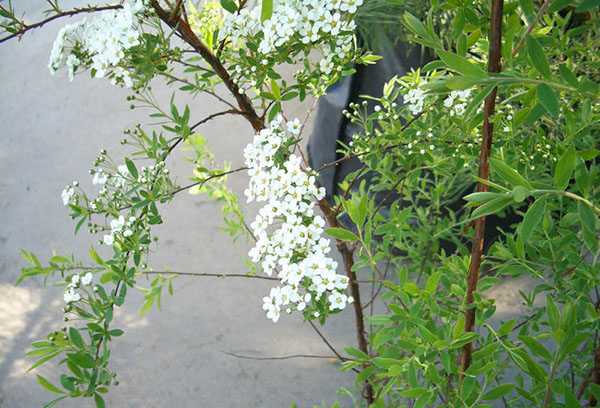
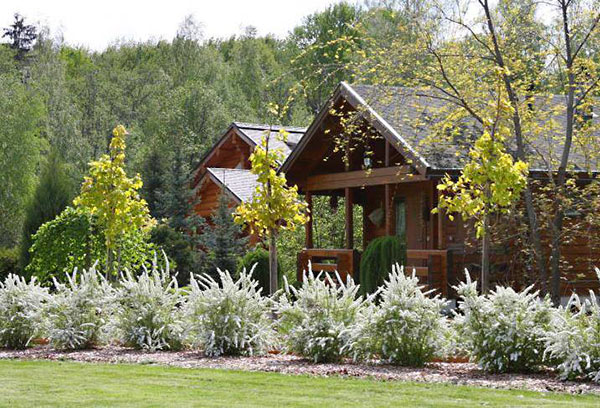
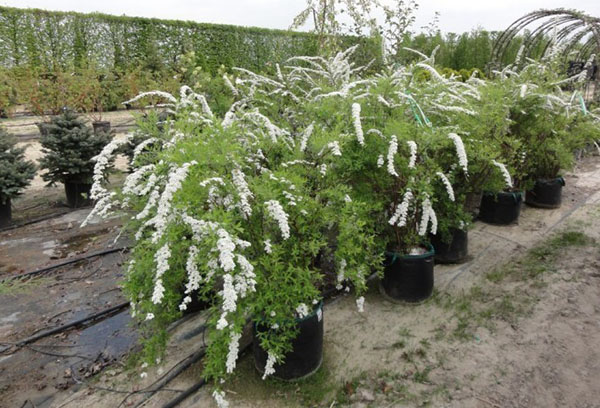

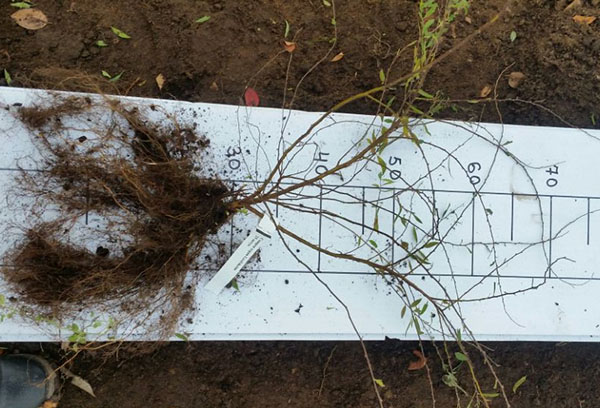

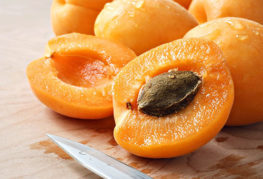

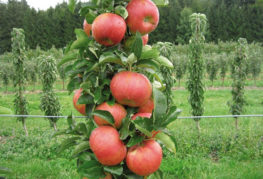
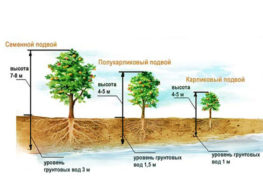
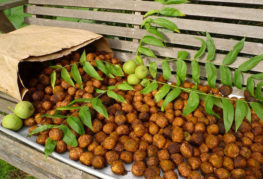
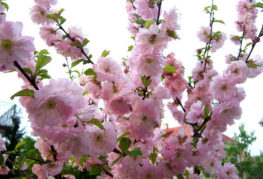
and will be published shortly.